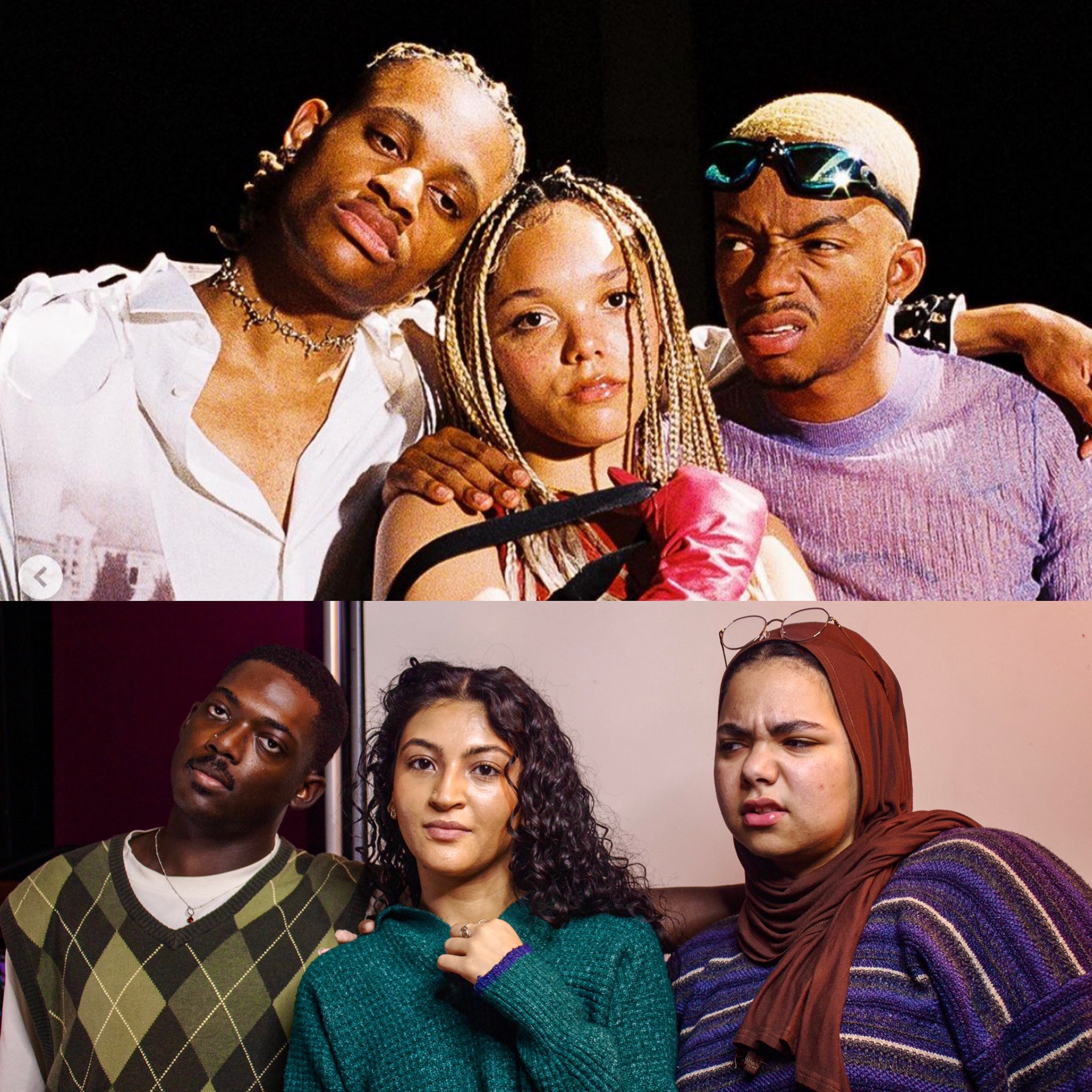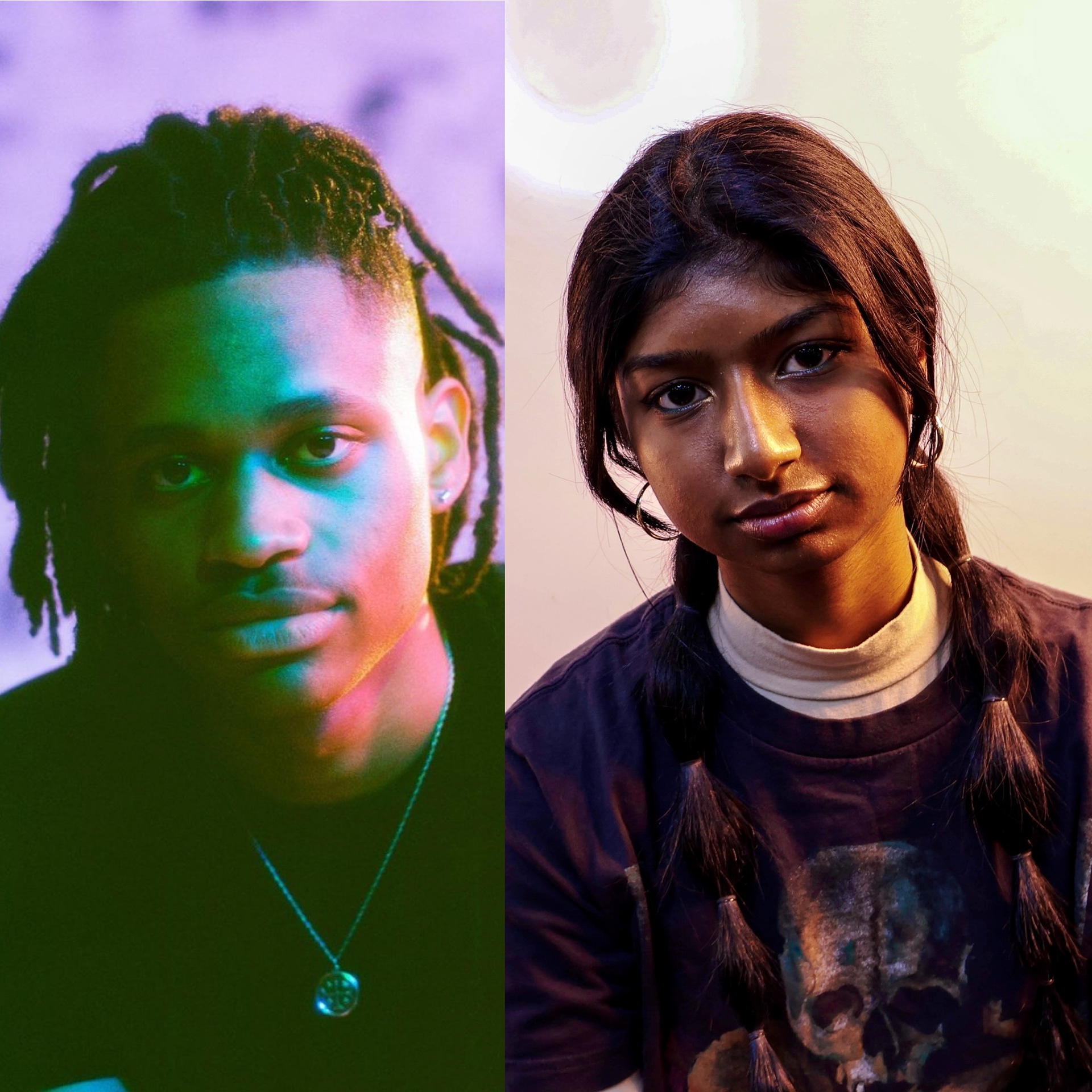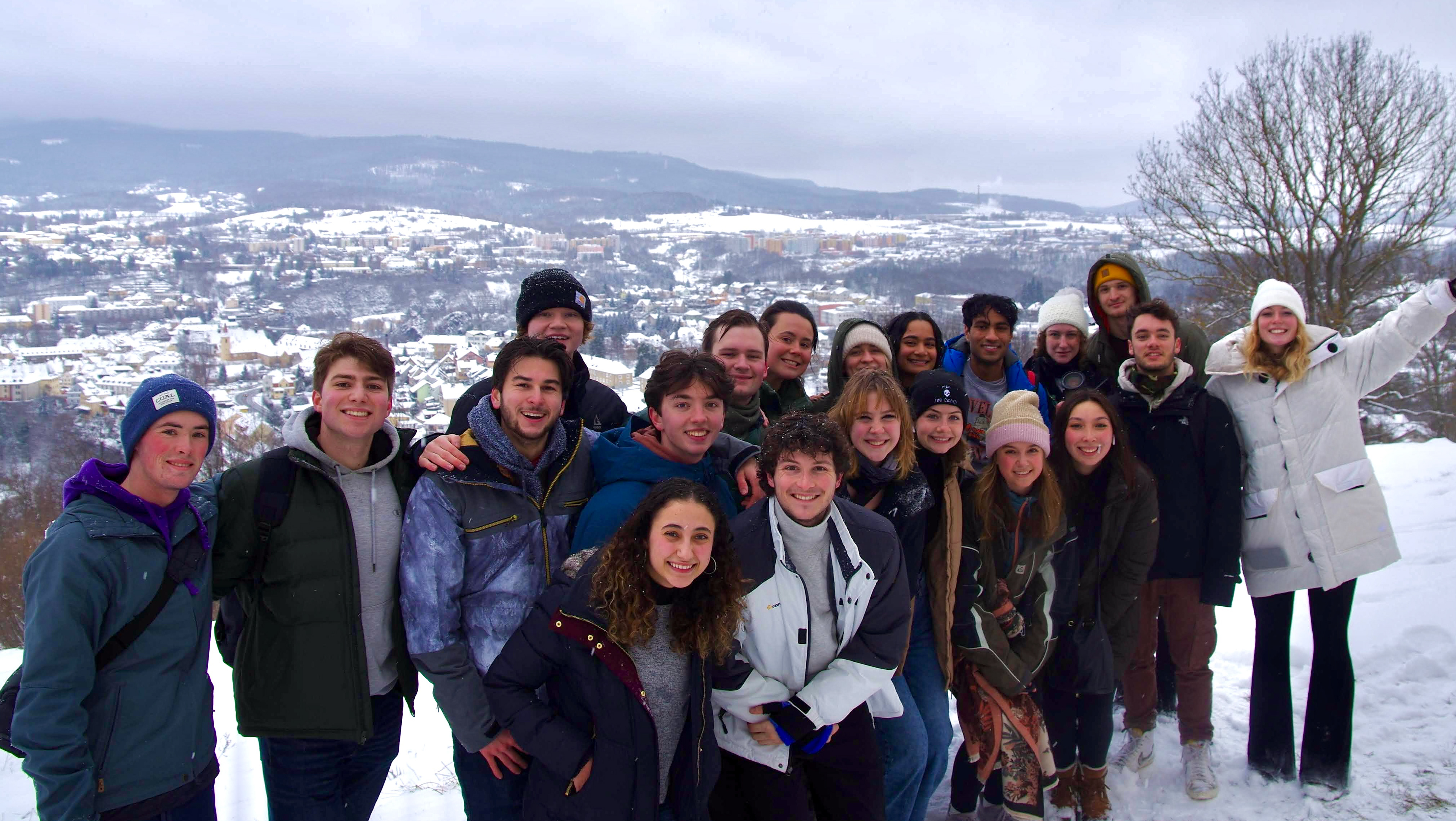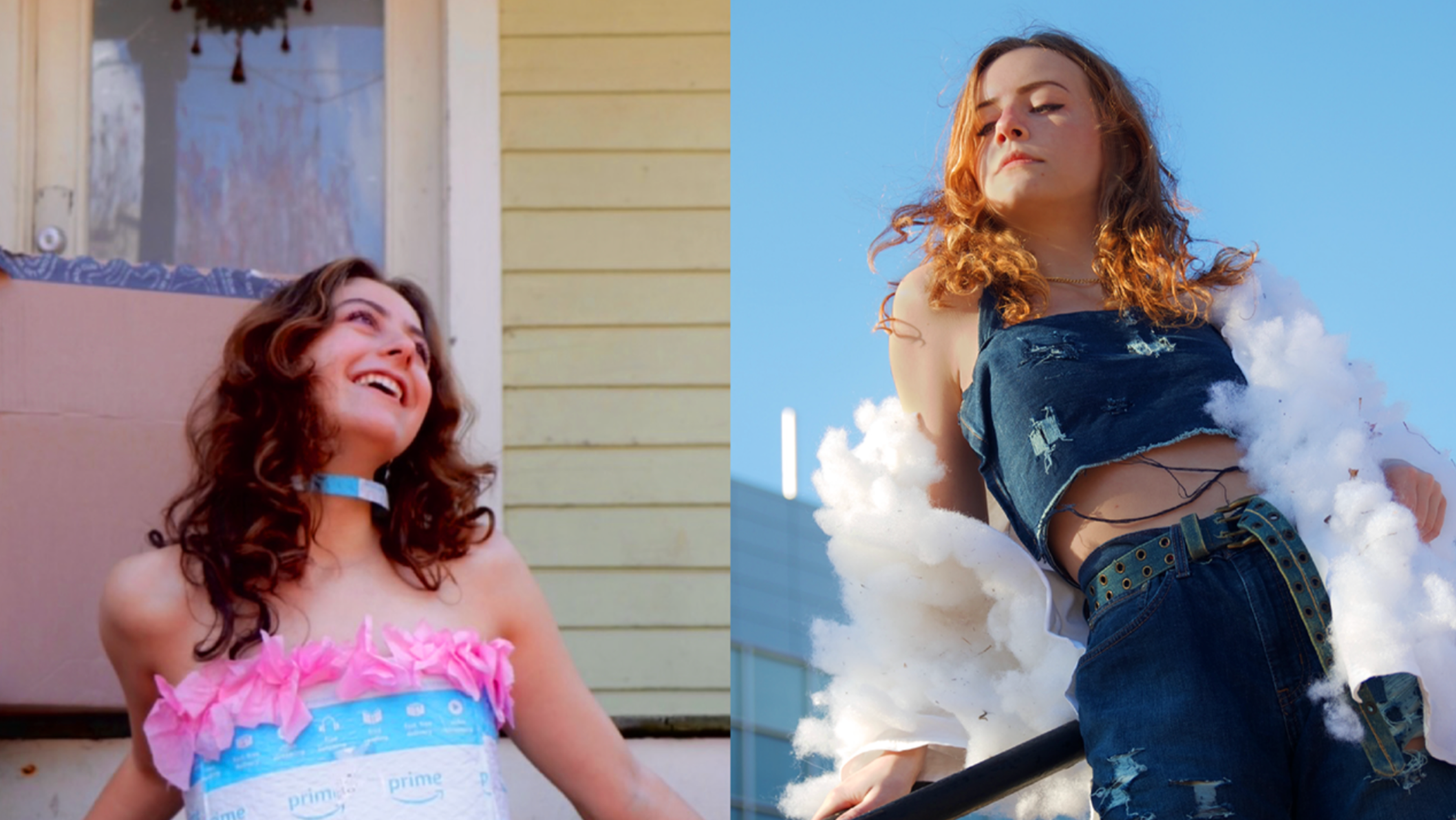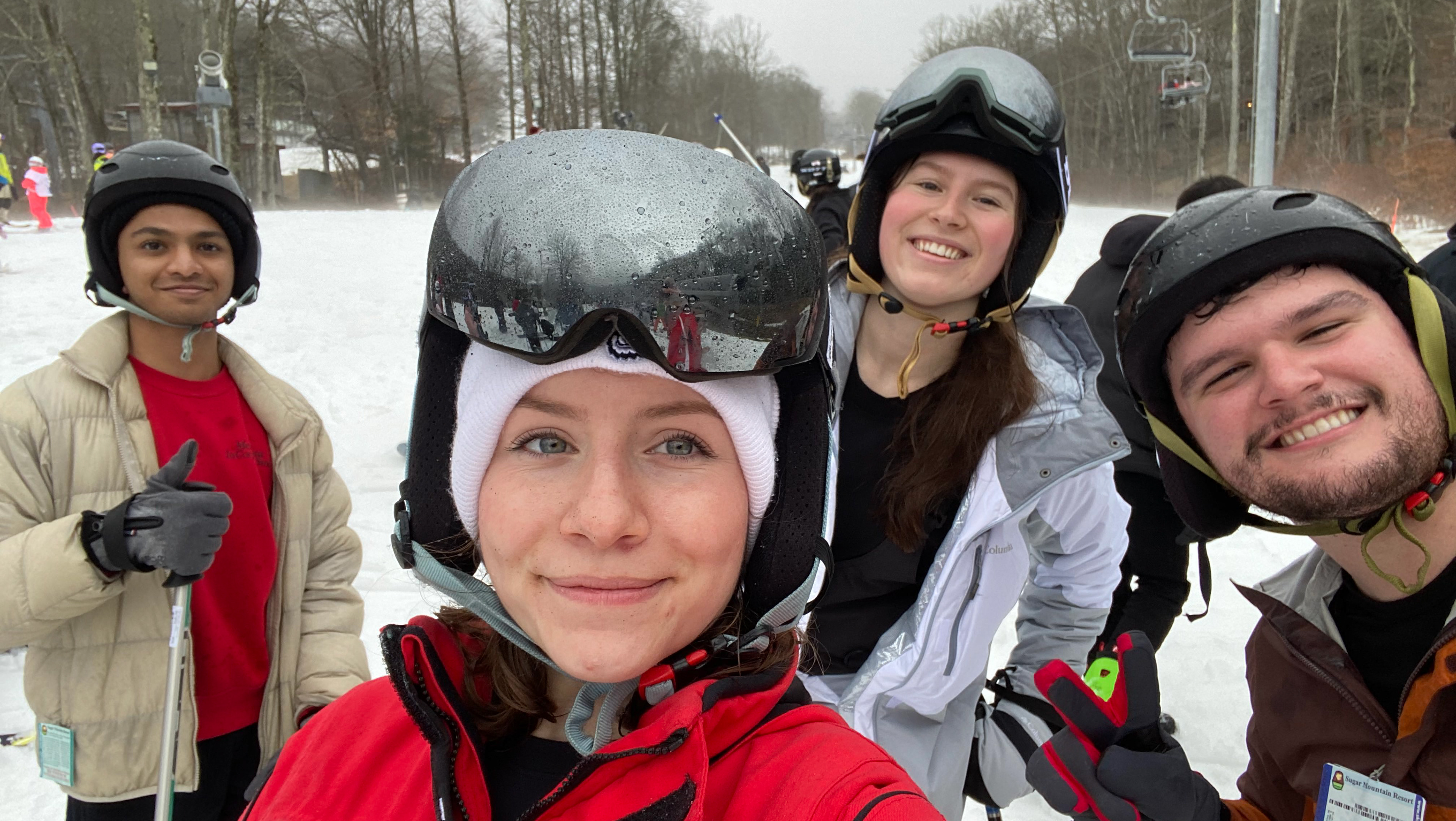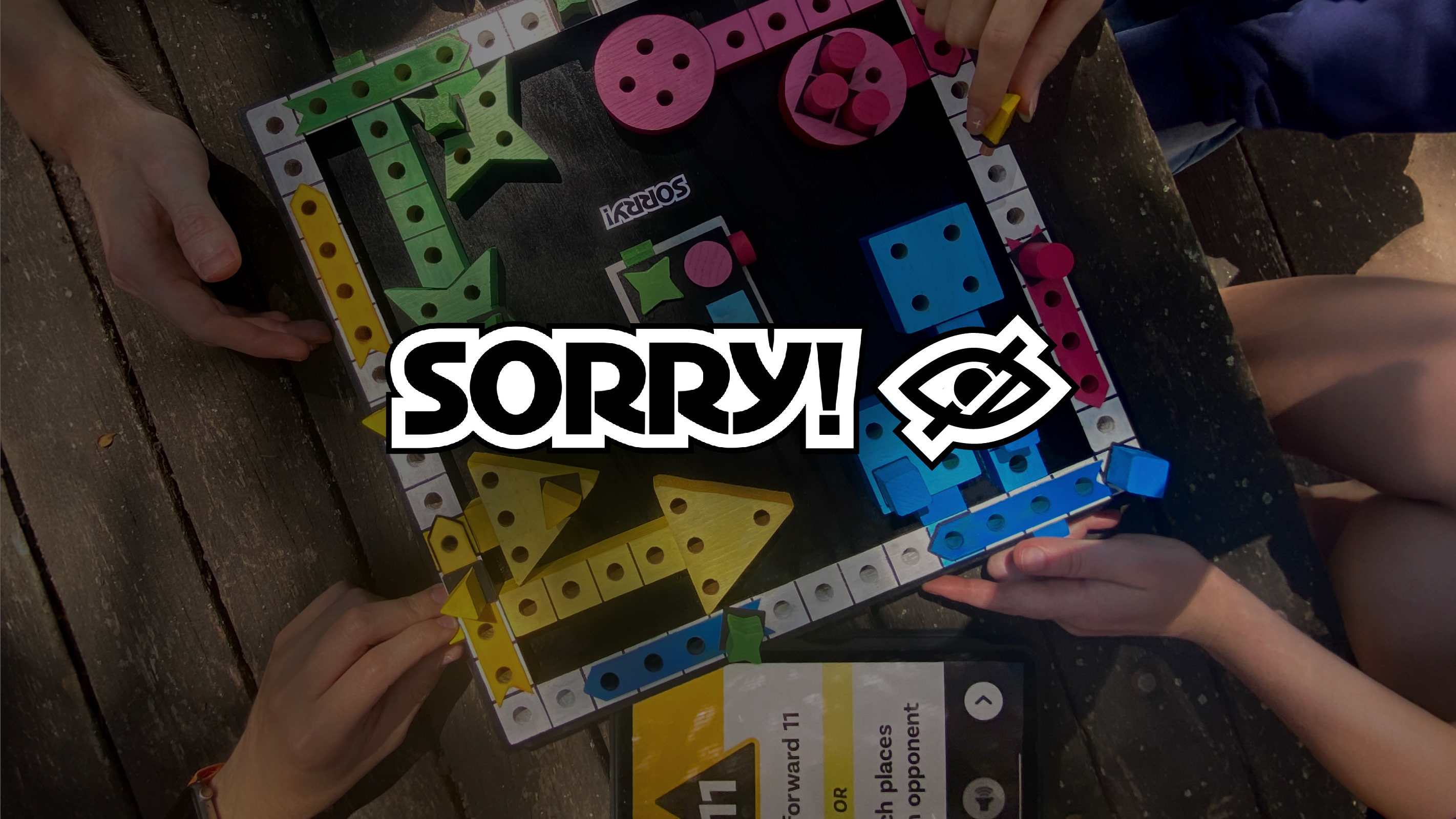University Honors and Scholars Program Workshop
Focus: Photographing people with different skin tones
Last fall, I participated in an inclusive photography workshop facilitated by the NC State University Honors and Scholars Program. Having little to no prior experience behind a camera, I came to this workshop with only a basic understanding of photography and was unsure of how to use a camera to its fullest potential. This experience has educated me on the history of photographing people of color and has inspired me to pursue photography as a more serious hobby.

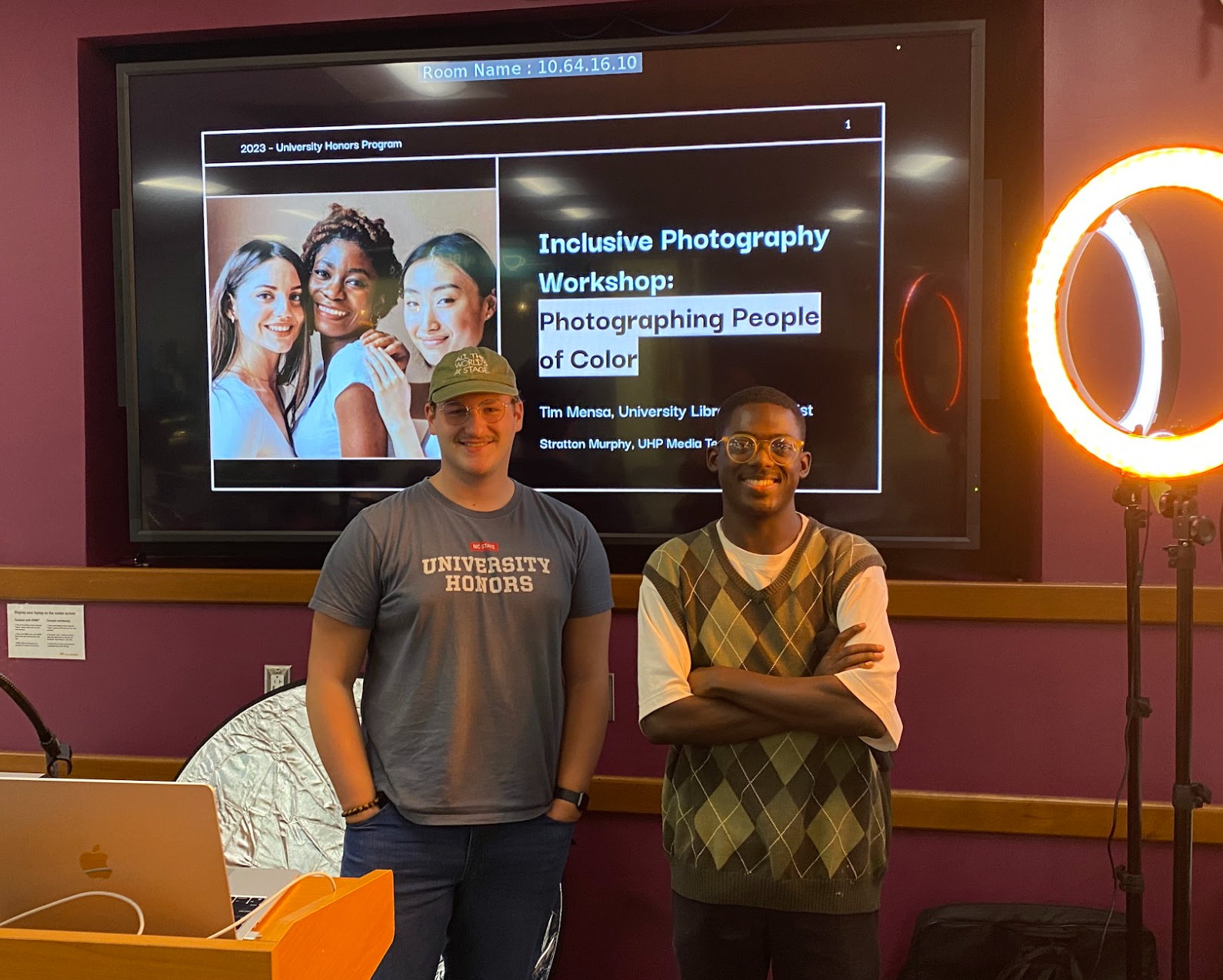
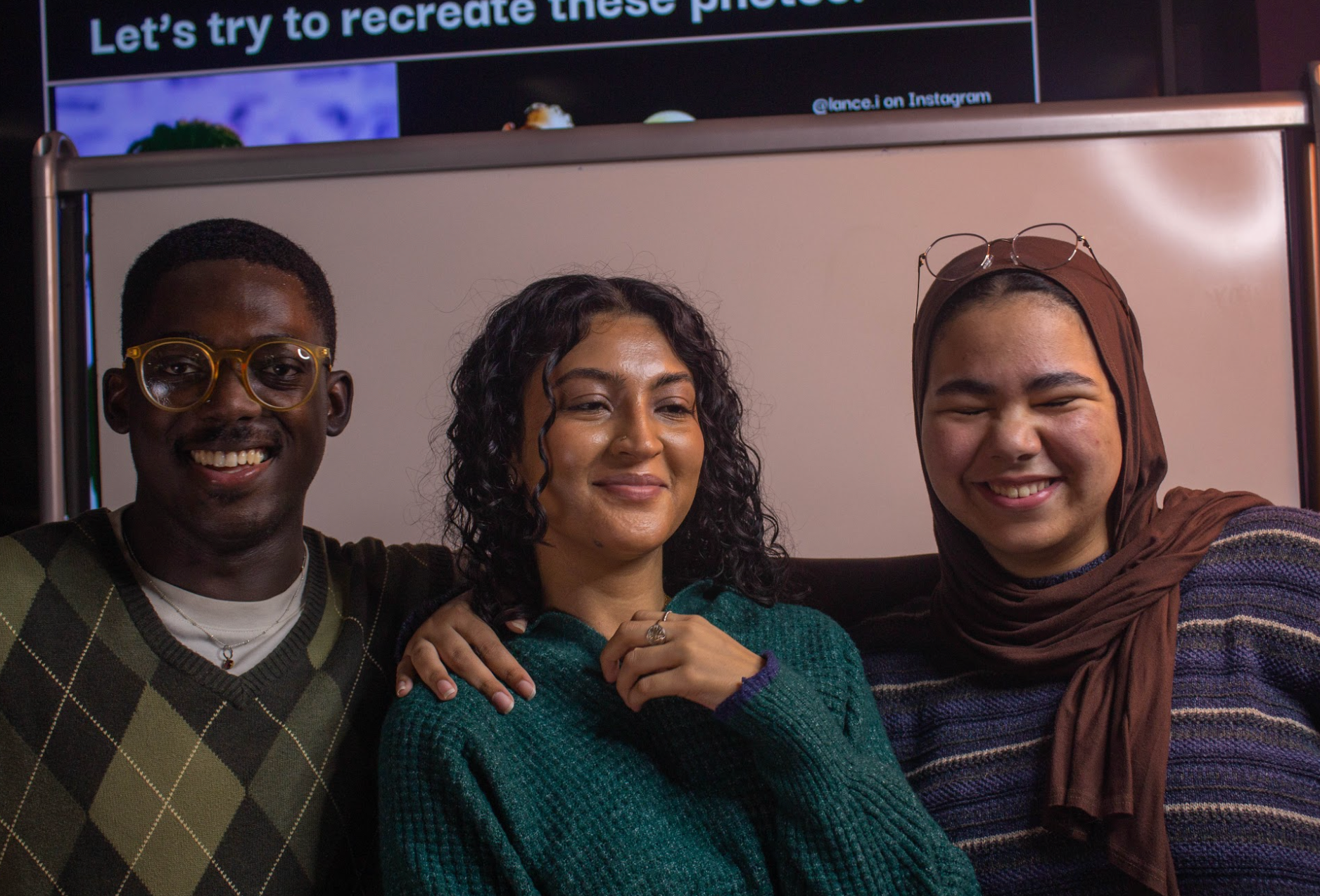
Background and History
Photographic tools historically have a bias toward lighter tones on the spectrum, as lighter-toned chemicals were prioritized in early film chemistry. This became an issue when photographing darker subjects, including people of color, during the 1970's. This is not a problem of the past; in 2009, facial recognition software did not work as intended on those with darker complexions. More recently, the iPhone 14 has proven to be less than reliable when photographing people with different skin tones in the same frame.
With the right lighting techniques, correct camera settings, and candid discussions with the models, these issues can be remedied.
Main Takeaways
The main goal of our group photoshoot was to recreate several professional photographs that included groups of people with a diverse array of skin tones. We walked through some basic photography nomenclature, including ISO, aperture, and shutter speed, to better understand the effect that certain settings have on lighting, exposure, and the field of focus.
We also learned about different types of lighting, including key light, backlight, fill light, and hair light. When these types of light are shifted independently, they can be used to provide light equally across the camera models without making them look over- or under-exposed.
